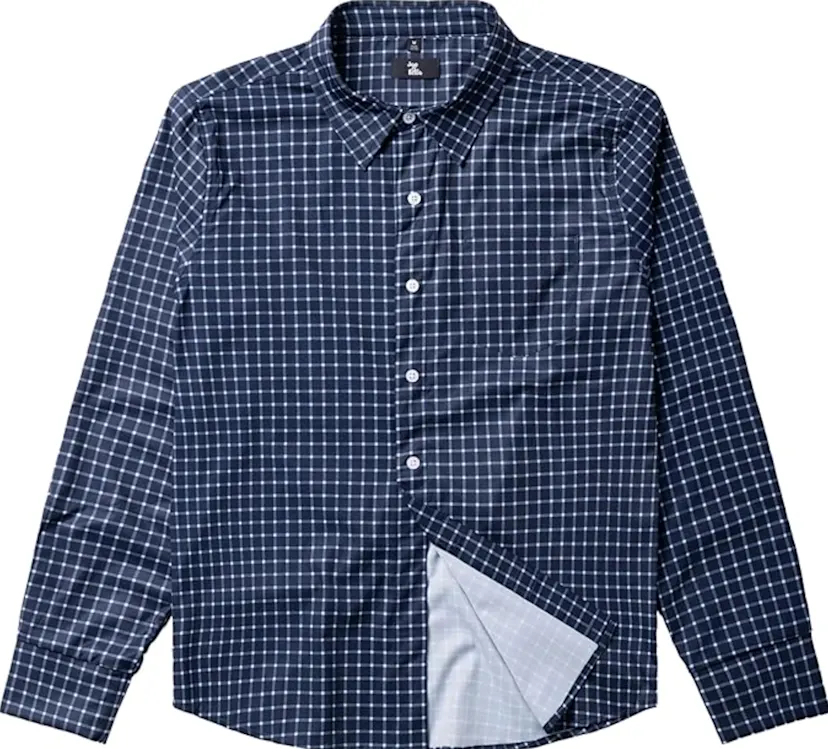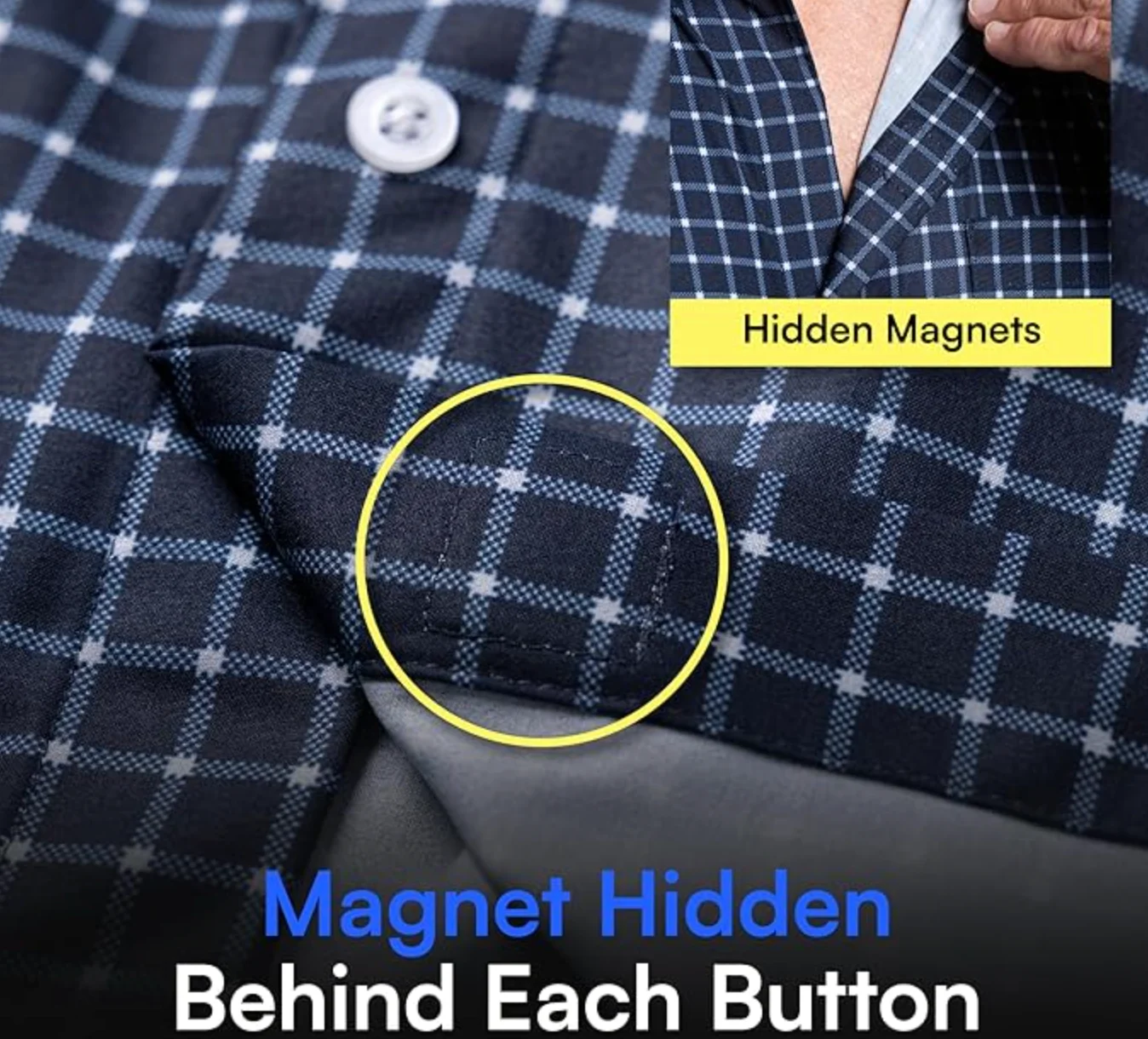Joe & Bella Review (2025): Adaptive Clothing That Makes Daily Dressing Easier

Consumers Best Verdict: Joe & Bella Highlights
Joe & Bella focuses on comfort-forward adaptive apparel with easy-on/off designs, caregiver-friendly access points, and fuss-free care. It’s not flashy; it’s quietly thoughtful. The brand’s reputation with families and caregivers continues to grow, and the garments feel purpose-built rather than retrofitted. If you’re on the fence, I’d say try one staple piece—pants or a top—before a full closet refresh. If it clicks, you’ll feel it on day one.
After putting these pieces through daily, real-life routines, my take is simple: Joe & Bella nails the fundamentals that matter when mobility or dexterity is limited. Fast, low-effort closures, soft fabrics that don’t fight you, and designs that actually consider the seated body—those are wins. There are a few trade-offs (you’ll want to double-check sizing and closures for your specific needs), but the overall value sits high in 2025. If you’ve been hunting for joe and bella adaptive clothing that blends dignity with convenience, this is the brand I’d flag first.
In-Depth Look: Joe & Bella Features & Considerations
Core Features & Consumer Benefits
Here’s what stood out most in everyday use—quick wins that add up when dressing needs to be simpler, safer, and more comfortable.
Easy closures reduce struggle
Magnetic or simplified fasteners mean less fumbling, faster dressing, and fewer awkward movements.
Seated- and wheelchair-friendly cuts
Thoughtful patterning helps clothing lay right while seated, reducing bunching, pressure points, and constant readjusting.
Soft, breathable fabrics
Gentle, stretchy materials with smooth interiors support sensitive skin and all-day wear without irritation.
Caregiver-access design options
Wider openings and strategic access points can make toileting and personal care safer and more dignified.
Style that feels ‘everyday’
Classic, low-profile looks blend in—so you get function without broadcasting that it’s adaptive clothing.
Important Considerations & Potential Downsides
- Check magnet suitability
If the wearer uses medical devices (like certain pacemakers), confirm magnet-safe use with a clinician and the product’s guidance.
- Sizing can vary by piece
Adaptive cuts differ from standard apparel; measure carefully and use the brand’s size guide to avoid guesswork.
- Not every style has every feature
Some items prioritize access, others prioritize comfort—match the garment to the exact dressing challenge.
- Color and stock turnover
Popular basics go fast; if you love a fit, consider a backup color to avoid out-of-stock waits.

Who Is the Joe & Bella Best For?
Older adults with limited mobility
Easy closures and seated-friendly fits mean less strain and more independence.
People managing arthritis, tremors, or dexterity changes
Simplified fasteners cut the fiddly frustration from daily dressing.
Wheelchair users
Garments drape comfortably while seated and reduce pressure points and constant adjustments.
Caregivers supporting dressing and toileting
Access features can shorten care routines while preserving dignity.
Anyone wanting comfort-first staples
Soft, breathable, easy-care fabrics that feel good from breakfast to bedtime.
Who Might Want to Explore Other Options?
- You prefer ultra-fashion-forward looks
If runway styles or bold trends matter most, you may want a more fashion-centric adaptive label.
- You need specialized medical garments
For post-op garments or highly specific clinical use, consider medical-grade apparel.
- Your budget is ultra-tight
Adaptive design adds cost; value is strong, but bargain hunters might compare sale sections or alternatives.
- You avoid magnets entirely
If magnets are a no-go, filter for non-magnetic closures or explore brands with hook-and-loop-only designs.






